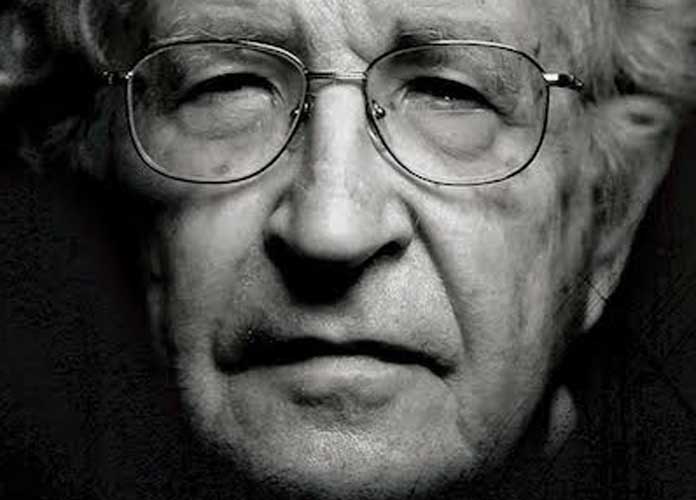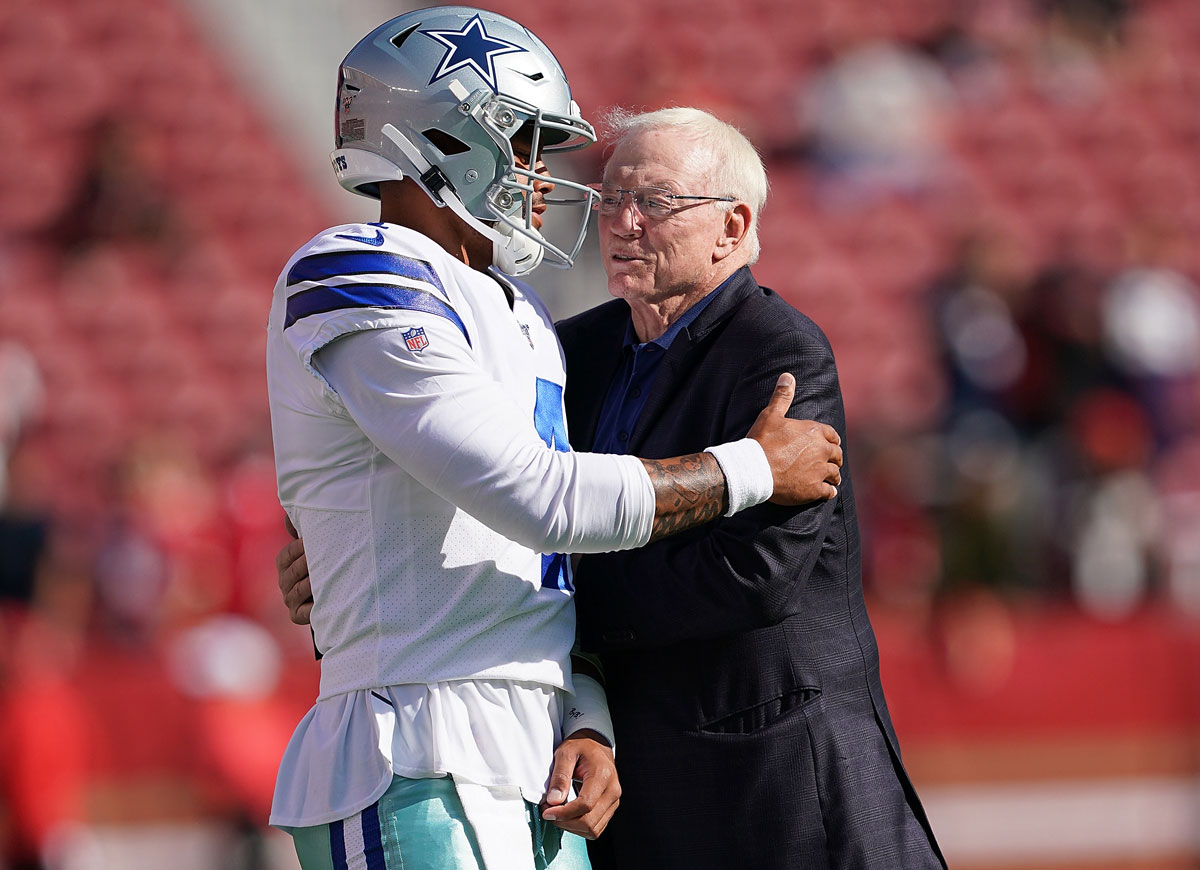‘Requiem For the American Dream’ Movie Review: Insightful Words In A Distracting Film

3.5/5
The Requiem For The American Dream is framed as Noam Chomsky‘s last long-form documented interviews. In the film, produced and directed by Peter Hutchison Kelly Nyks, and Jared P. Scott, Chomsky outlines the death of the American Dream, how it was fated from the very system that birthed it, and how it can be rebirthed by the only work that has ever successfully worked against inequality in America: the voice of the people. The documentary seeks to make Chomsky’s conceptual ideas more accessible through its visual form, since the problems are indubitably culturally relevant and largely ignored. But while Chomsky’s words are gripping and alarming, the film itself supplements little to Chomsky’s ideas, even distracting from them.
‘Requiem For the American Dream’ Movie Review
It is impossible to summarize the precision and power of Chomsky’s words in clarifying the ten fundamental principles that underlie the American policies which concentrate power in a wealthy few, eroding away at the ideal of opportunity in America. But if the 75-minute film were to be summed up in one word all that could be said is this: it’s a warning. And that’s not new for Chomsky, as he has been warning against the same trend for the past five decades, and it has only proven to be increasingly true.
But things are not completely hopeless, according to Chomsky. Inequality is something that can be worked against, if awareness and work is put in. The large advantage that the powerful few have over modern society that they didn’t in the past is the breakdown of solidarity. They have successfully unarmed the working class by making them devoted consumers. They have created a hopelessness that pits the unprivileged against each other creating an increasingly distrustful and selfish society. To combat this, the majority must be aware of the powers working against them and reclaim its job of demanding equality. This is a call to action, and a nearly completely effective one at that.
The issue is not entirely the fault of the filmmakers. Part of it is that Chomsky’s idea of a solution is not very clear. Despite bolstering the power of activism as a vehicle for change, he admits that he is not the greatest organizer for social change, which is what needed to motivate successful activism, and earlier in the film talks about how today’s activism is made of unfocused anger. Nevertheless, Chomsky’s general point is unmistakable: America has a problem that its people cannot afford to ignore forever.
Coming to the central problem of the film, I must clarify the filmmakers’ shortcomings are clearly not because of lack of effort or thought, most of the creative imagery and animations were obviously meant to make Chomsky’s concepts more understandable to the possibly under-informed or disinterested viewer. But juxtaposed to the clarity and strength of Chomsky’s words, it’s hard not to wonder what necessitates a film rather than a sit-down interview or a paper. Next to Chomsky’s skillful discourse are images that seem confusingly un-moving. Yes, everything is related to what he’s saying but as to what they add to the experience of hearing Chomsky speak, as to what they add to the meaning or effectiveness of Chomsky’s warning, it is unclear, so much so that sometimes focus is drawn to the animation or film reel rather than Chomsky’s words, making the images seem like needless distractions.
If the film’s goal was to commemorate Noam Chomsky’s glaringly accurate ideas and predictions about America, the film is successful. But if the film’s goal was to present these ideas with an impact that could not have been done in any other form, bringing new insight and increased impact, something was missing.
RELATED ARTICLES
Get the most-revealing celebrity conversations with the uInterview podcast!

 Click here for the Oscars 2016: Best Dressed Photos Slideshow
Click here for the Oscars 2016: Best Dressed Photos Slideshow



Leave a comment